Research Aviation Facility (RAF)

Mission
EOL's Research Aviation Facility (RAF) is a national resource for the advancement of airborne research in the geosciences, with a focus on the safe operation of research aircraft in a wide variety of challenging sampling environments. RAF has been in operation since 1964, serving the NSF geosciences community by providing research platforms and expertise in airborne installations and measurement techniques. The NSF/NCAR aircraft, together with their available instrumentation, offer a level of sophistication and operational capabilities that are not generally available for NSF programs elsewhere.
Goals
- Safety by operating the NSF/NCAR research aircraft safely and reliably
- Service by providing research aircraft users with comprehensive support
- Science by anticipating the future scientific needs of the atmospheric sciences community
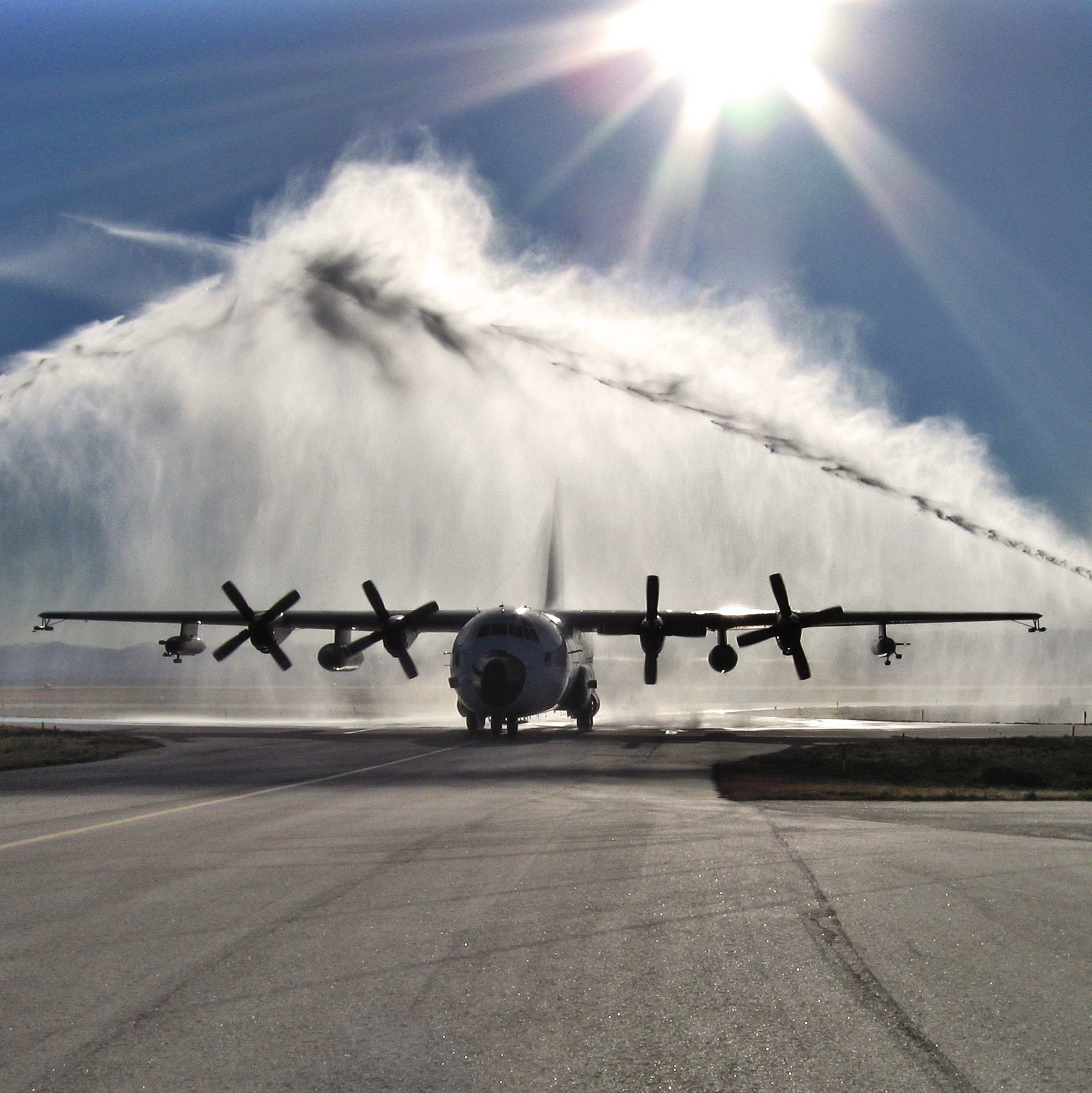
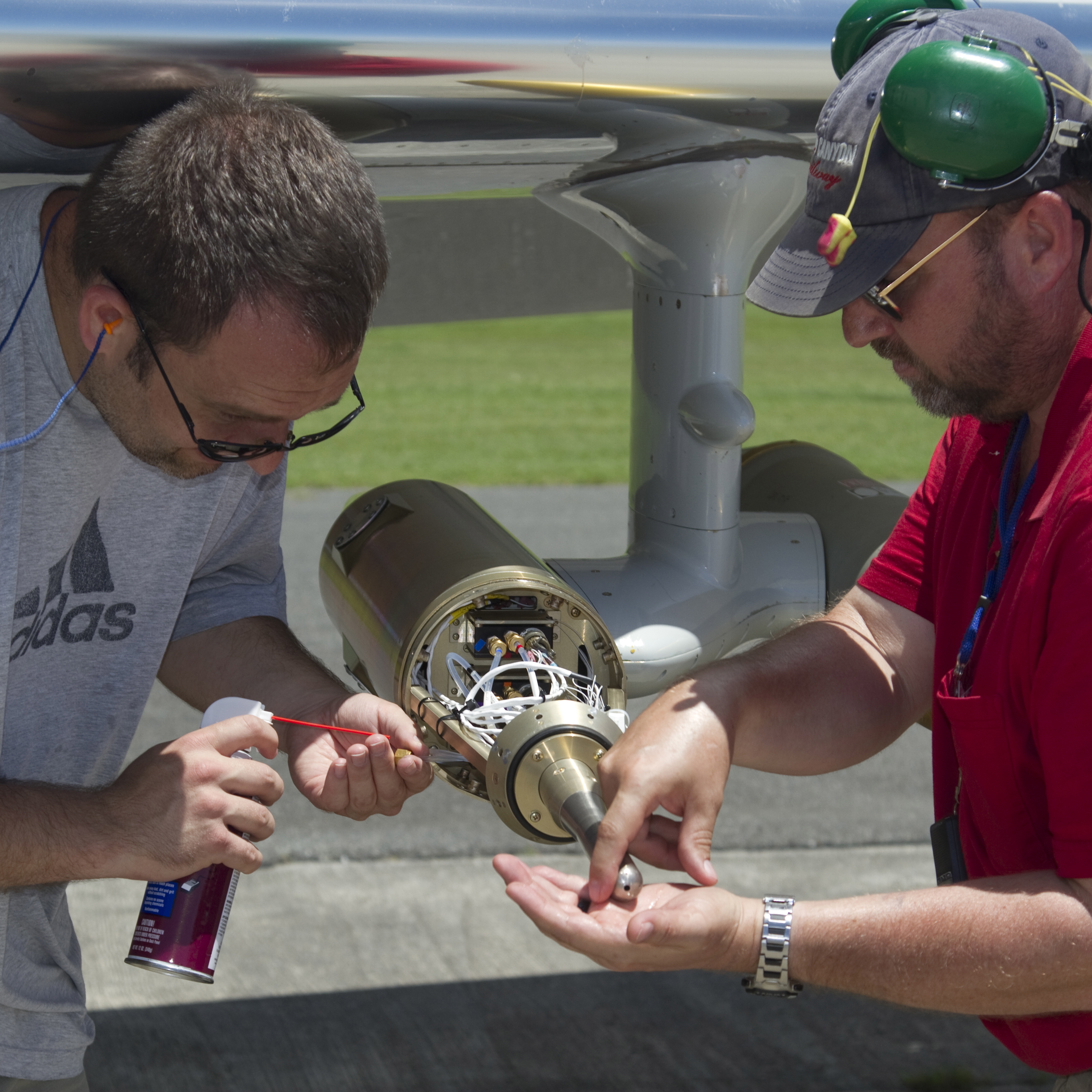
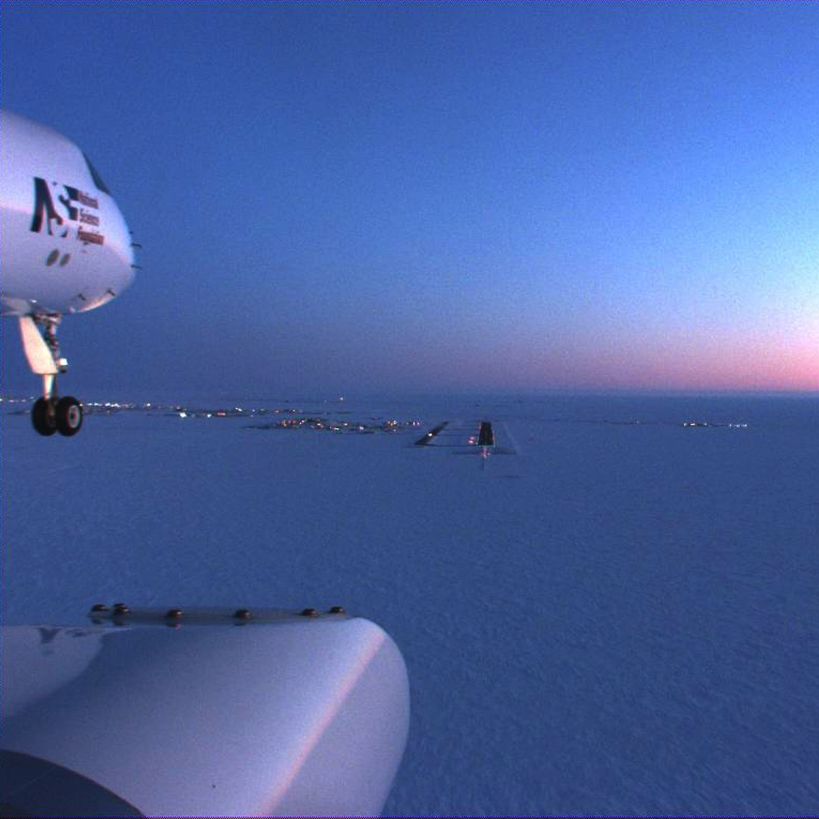
Research Aircraft
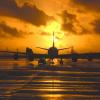 RAF houses and manages two NSF/NCAR research aircraft: the NSF/NCAR HIAPER GV, a Gulfstream V (GV) business jet that has been highly modified for research, and the NSF/NCAR C130, a versatile and capable research platform that carries a wide variety of scientific payloads. These two aircraft are part of the NSF's Lower Atmosphere Observing Facility (LAOF) deployment pool and are available for request to the research community.
RAF houses and manages two NSF/NCAR research aircraft: the NSF/NCAR HIAPER GV, a Gulfstream V (GV) business jet that has been highly modified for research, and the NSF/NCAR C130, a versatile and capable research platform that carries a wide variety of scientific payloads. These two aircraft are part of the NSF's Lower Atmosphere Observing Facility (LAOF) deployment pool and are available for request to the research community.
RAF Instrumentation
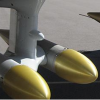 RAF scientists and technicians maintain a subset of the airborne instrumentation available from EOL or request as part of airborne research projects. These instruments are available for deployment on NCAR-operated research aircraft. New instrumentation developers and investigators wanting to fly instruments on the NCAR/NSF aircraft for the first time should refer to RAF Instrument Certification and Approval documentation. The first step in the certification process for new instrumentation is to submit Design Data to RAF, including relevant electrical (refer to this Example Electrical Documentation Package) and mechanical documentation (Example Mechanical Documentation Package).
RAF scientists and technicians maintain a subset of the airborne instrumentation available from EOL or request as part of airborne research projects. These instruments are available for deployment on NCAR-operated research aircraft. New instrumentation developers and investigators wanting to fly instruments on the NCAR/NSF aircraft for the first time should refer to RAF Instrument Certification and Approval documentation. The first step in the certification process for new instrumentation is to submit Design Data to RAF, including relevant electrical (refer to this Example Electrical Documentation Package) and mechanical documentation (Example Mechanical Documentation Package).
Uninterruptible Power Supplies must likewise be reviewed and approved by the RAF Engineering group.
The Instrument Certification Flow Chart gives an overview of the process. The NSF/NCAR Aircraft Field Project Computing Handbook gives detailed information on integrating instrumentation into the RAF aircraft computing infrastructure and on available realtime-software tools and products that facilitate situational awareness and data monitoring during flight.
Aircraft Data Documentation
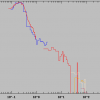 Data collected by RAF-supported instruments is processed and quality assured in-house and made available to researchers through the EOL Field Data Archive. Documentation of data products from past field campaigns provides information on formats and documentation conventions for historical field campaigns from 1977-2006. To assist users in interpreting this data, Research Aviation Facility Bulletins and Processing Algorithms detail measurement techniques and describe the algorithms used to produce data products from aircraft measurements. RAF provides suite of public Software packages for analysis of airborne data.
Data collected by RAF-supported instruments is processed and quality assured in-house and made available to researchers through the EOL Field Data Archive. Documentation of data products from past field campaigns provides information on formats and documentation conventions for historical field campaigns from 1977-2006. To assist users in interpreting this data, Research Aviation Facility Bulletins and Processing Algorithms detail measurement techniques and describe the algorithms used to produce data products from aircraft measurements. RAF provides suite of public Software packages for analysis of airborne data.
RAF Policies and Procedures
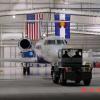 The Upload Timeline outlines the sequence of events, with approximate timing, that have to take place before and during a project upload. Preparing airplanes and staff for field operations is a complicated process. Rules allow RAF to conduct operations and instrument integration safely and efficiently. RAF maintains a set of documents that outline procedures that RAF will follow when preparing for field deployments. To request one of the NSF/NCAR aircraft platforms in support of a scientific field project, refer to the rules for determining Project Feasibility for OFAP requests. To effectively carry out assigned projects, operational crews should consist of the minimum personnel detailed in the RAF Flight Crew Staffing document. The RAF Crew Duty Policy establishes maximum operating periods for safe flight and ground support operations that apply to flight crew and all RAF staff in the field. RAF may be able to provide additional Small Project Support for projects that meet certain criteria. Researchers planning to work at RAF for projects or other activities must adhere to the RAF Building Access and Visitor Policy. Additionally, all participants in RAF projects and other activities that are not RAF staff will be required to sign a Non-UCAR Activity Release Form and Non-UCAR Participant Activity Notice.
The Upload Timeline outlines the sequence of events, with approximate timing, that have to take place before and during a project upload. Preparing airplanes and staff for field operations is a complicated process. Rules allow RAF to conduct operations and instrument integration safely and efficiently. RAF maintains a set of documents that outline procedures that RAF will follow when preparing for field deployments. To request one of the NSF/NCAR aircraft platforms in support of a scientific field project, refer to the rules for determining Project Feasibility for OFAP requests. To effectively carry out assigned projects, operational crews should consist of the minimum personnel detailed in the RAF Flight Crew Staffing document. The RAF Crew Duty Policy establishes maximum operating periods for safe flight and ground support operations that apply to flight crew and all RAF staff in the field. RAF may be able to provide additional Small Project Support for projects that meet certain criteria. Researchers planning to work at RAF for projects or other activities must adhere to the RAF Building Access and Visitor Policy. Additionally, all participants in RAF projects and other activities that are not RAF staff will be required to sign a Non-UCAR Activity Release Form and Non-UCAR Participant Activity Notice.
RAF Plans and Schedule
 RAF Plans and Schedules of field projects involving the NSF/NCAR aircraft and other aircraft-related activities from 2008 to present
RAF Plans and Schedules of field projects involving the NSF/NCAR aircraft and other aircraft-related activities from 2008 to present